Over 40 years after its release, Stanley Kubrick’s The Shining remains one of the most respected and forensically dissected horror movies ever made. Armchair detectives have poured over every frame, trying to unwrap hidden meanings in its costumes (like little Danny’s jumper) and dreaming up theories about Jack Nicholson and Kubrick’s beef over cheese sandwiches. But not until now have we had a comprehensive rundown of what’s true and what’s false about the film. In a new book, we hear from a whole host of people who witnessed what went down inside the walls of the Overlook Hotel.
Stanley Kubrick’s The Shining is a peek behind the curtain of Kubrick’s icy horror. A decade in the making, it’s the definitive book on the film and unearths secrets about its making, while finally putting to bed some of those wilder internet theories. Here, the book’s editor, Lee Unkrich, reveals some of the fascinating things he learned in the making of The Shining.

Shelley Duvall’s crying skills got her the job
The casting of Shelley Duvall as Jack’s wife Wendy was controversial: Stephen King thought it was a terrible choice, Lee says. “Even Jack Nicholson was confused,” he added. “He wanted someone like Jessica Lange to be his co-star.” Kubrick had other plans however. He had been impressed by how Duvall had cried in Robert Altman’s Three Women, for which she had won Best Actress at Cannes. “Wendy as Stanley envisioned it was not the strong Wendy of the novel,” Lee says, “but it was a woman who was very much a victim, trapped in this bad marriage with a guy who had injured her child. I think he wanted her to come off as kind of weak and mousy so that the audience would think that she wasn’t going to survive, that she wasn’t going to be capable of overcoming the situation that she was in. But of course, she does.”
Jack Nicholson got sick of cheese sandwiches on set and it started a wild internet theory
If you find yourself Googling The Shining and cheese sandwiches, you’ll see stories about how Kubrick found out that Jack Nicholson hated cheese sandwiches and made him eat nothing but cheese sandwiches throughout the production to tap into his character’s chaotic state of mind. But alas, “it’s ridiculous and untrue,” Lee says. “The real story is that there is one scene early in the film where Jack is sitting waiting in the lobby, and he had to take bites of cheese sandwiches all day because they were filming the scene all day. He got home and complained to his personal chef that he was sick of all the cheese sandwiches, and that’s the story.”
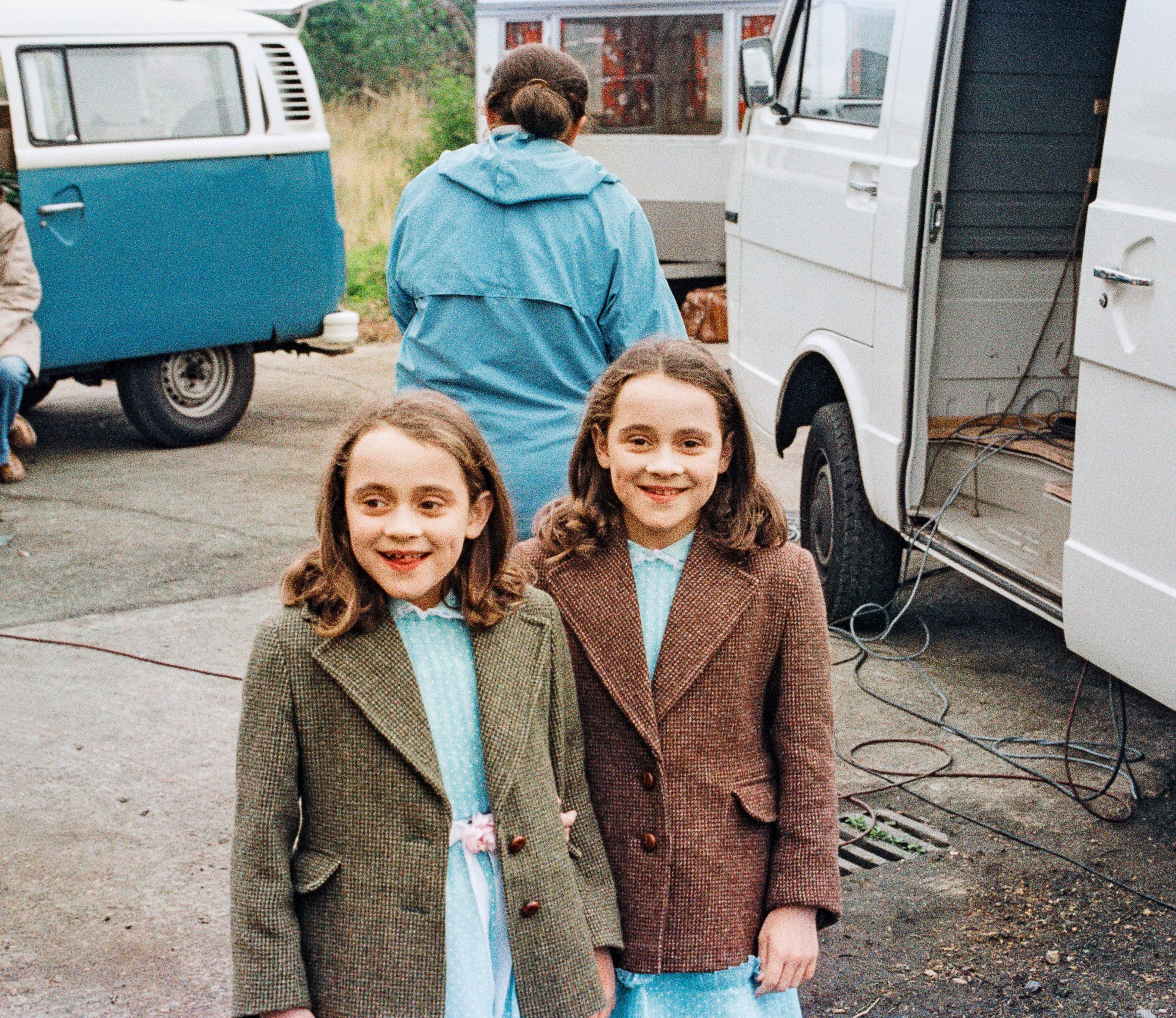
The Grady Twins were partly inspired by an iconic Diane Arbus photograph
In Stephen King’s novel, the two ghoulish girls Danny spots in the hotel aren’t twins but sisters of different ages. Even when Kubrick was shooting the film he still hadn’t cast Louise and Lisa Burns in those roles yet; it was Stanley’s assistant, Leon Vitali, who had seen them. “He was just so struck by them and how kind of eerie they were,” Lee says, “and he talks about how they reminded him of a famous Diane Arbus photograph of identical twins.” That photograph – Identical Twins, Roselle, New Jersey, 1967 – shows the Victorian-dressed twins that Arbus apparently spotted at a small-town Christmas party. “Vitaly knew right away that when he showed them to Stanley that Stanley would respond positively. And he did, and they were pretty much cast right on the spot.”
Kubrick had to hide a sleepy British suburb
Kubrick is a filmmaker who can move mountains – quite literally. His version of the Overlook Hotel was actually in Elstree Studios in Borehamwood, England. He built a facade based on the Timberline Hotel in Mt. Hood, Oregon, while the interiors were partly based on those in The Ahwahnee hotel in Yosemite National Park. He just had one problem outside his set: you could spot the local suburban housing next to his fake hotel. So Kubrick had a bulldozer come in to create some giant mounds of dirt and, hey presto, no British suburbia in sight. You can hear how he did it in the Shining commentary.
Copyright Warner Bros Entertainment Inc. Courtesy of the Stanley Kubrick Archive.
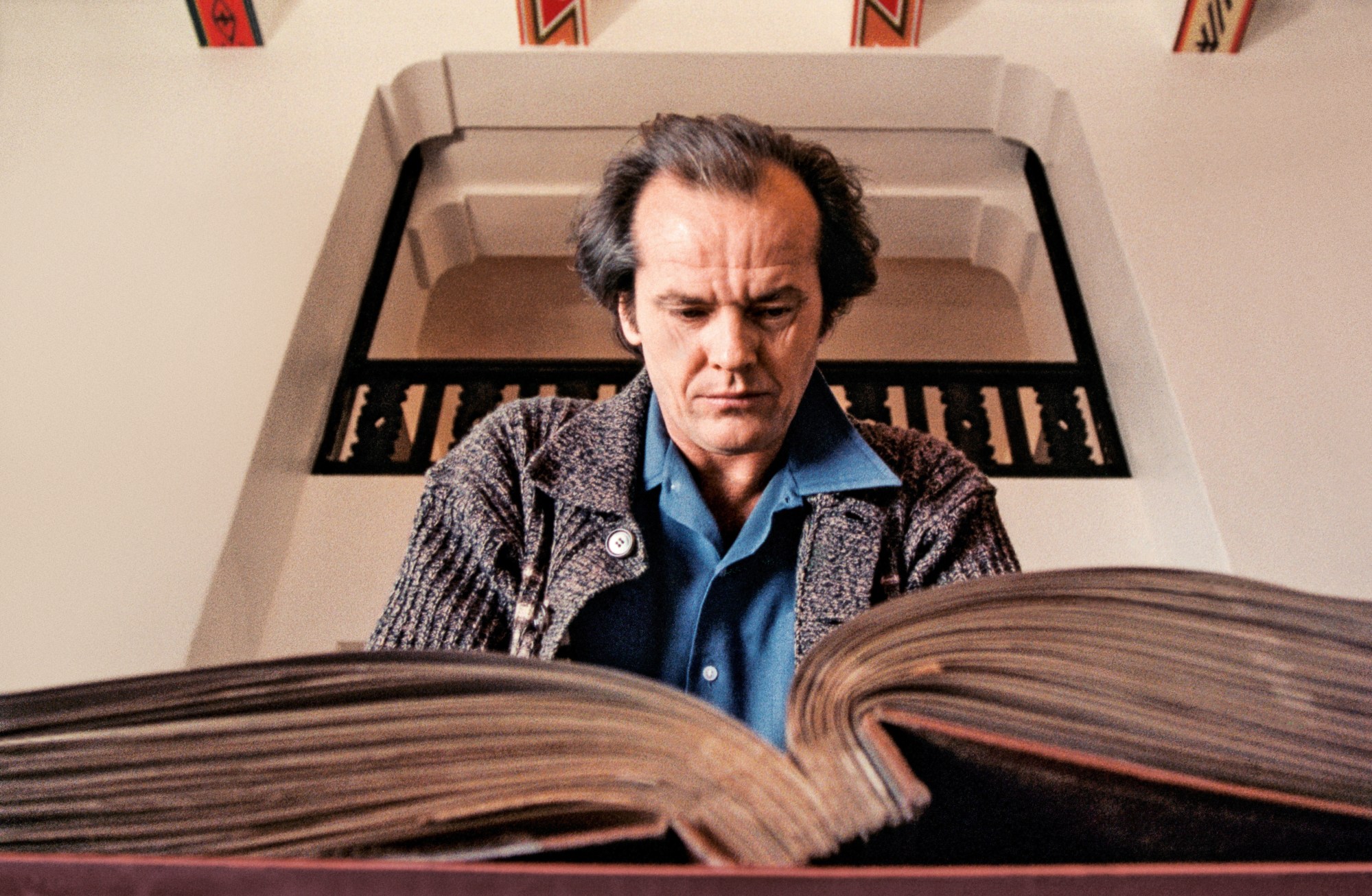
Kubrick’s secretary spent months typing “all work and no play makes Jack dull boy”
Imagine typing out the line, “All work and no play makes Jack a dull boy”, over and over again. What would that do to your mindset? The best person to answer the question would be Kubrick’s secretary, who spent months doing exactly that. In the film’s commentary, Kubrick’s biographer says the director decided there needed to be a real manuscript typed up of 500 or so pages “so it would be absolutely authentic”, with each page formatted differently. Her name was Margaret Adams. Take a bow.
Production shut down for a month because Jack Nicholson injured his back
While the film had some cash flow issues during production, the only time they actually shut down completely was when Jack Nicholson injured his back. He was staying at a house in Chelsea and had gone out to a dinner party one night. When he came back he didn’t have his keys. “He climbed the wall outside the townhouse,” Lee says, “and when he landed on his feet on the other side of the wall, he slipped a disc in his back.” The production was halted for about a month while Jack recovered.
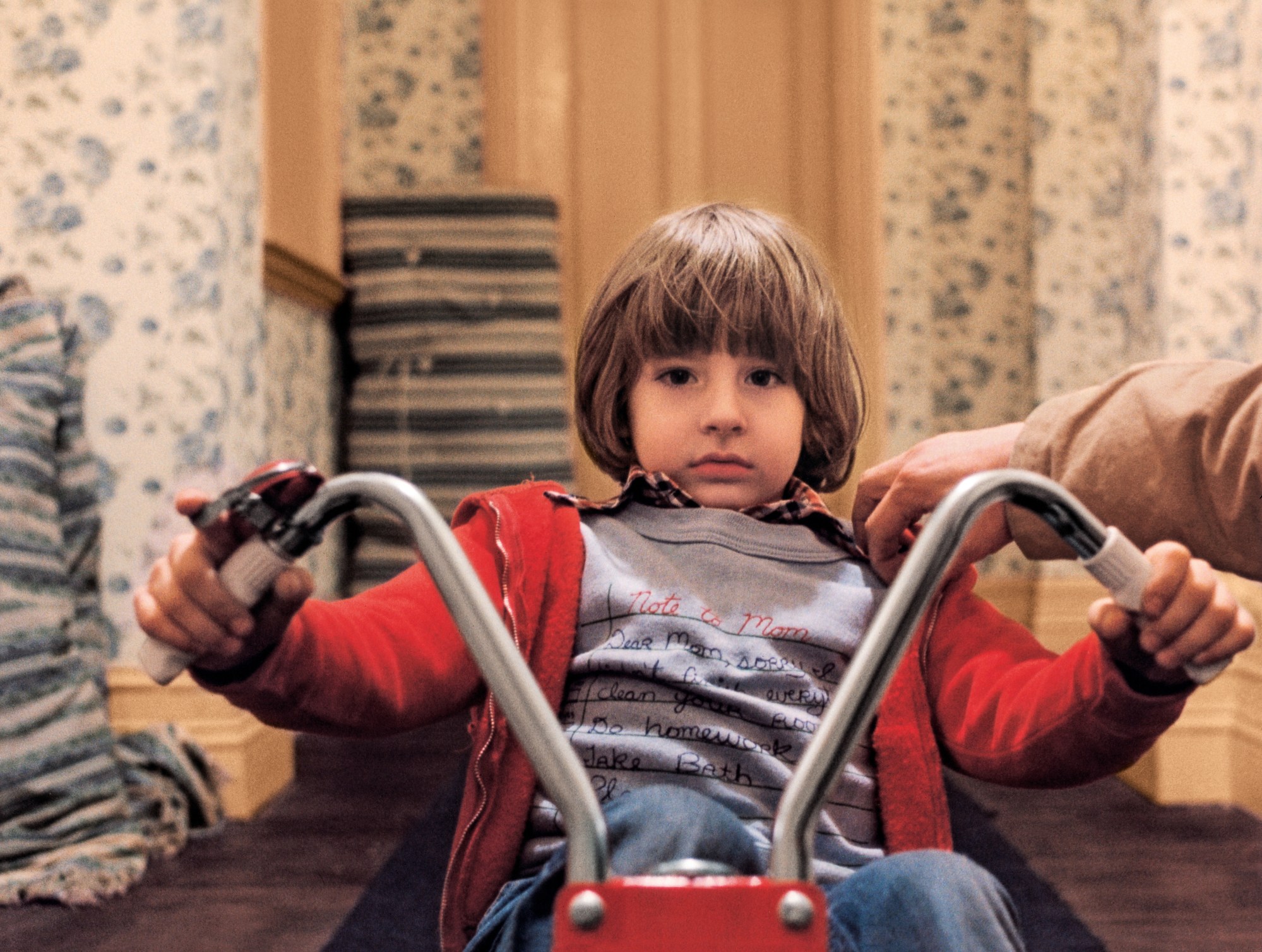
There are some strange coincidences with names
Jack Nicholson plays Jack. Danny Torrence is played by Danny Lloyd. Stephen King’s hotel in his book was called the Stanley Hotel. He and Stanley Kubrick share the same “SK” initials. What’s going on here? Is it all just a coincidence? No answer there, but we do know that Kubrick saw Jack playing Jack from the get go. “To a considerable degree I cast the film while reading the novel,” Kubrick has said. “Who else but Jack Nicholson could play the father?”
Kubrick had to change the original room number to Room 237 for a good reason
Fans of Stephen King’s book had already made pilgrimages to The Stanley Hotel, where the book is set, even before the film was made. The general manager of the Timberline Lodge, whose exteriors are seen in some establishing shots in Kubrick’s movie, was expecting fans to book rooms after the film’s release. According to Lee’s book, the manager was concerned that guests wouldn’t stay in Room 217 after seeing the film and that they might be “afraid of being chased by the bloated body of the bathtub lady.” For that reason, the manager asked if Kubrick could change the room number to 237, 247, or 257, none of which existed at the Timberline Lodge. Kubrick chose the number 237: the code number that has to be punched into the B52 computer in Dr Strangelove in order to trigger the nuclear holocaust.
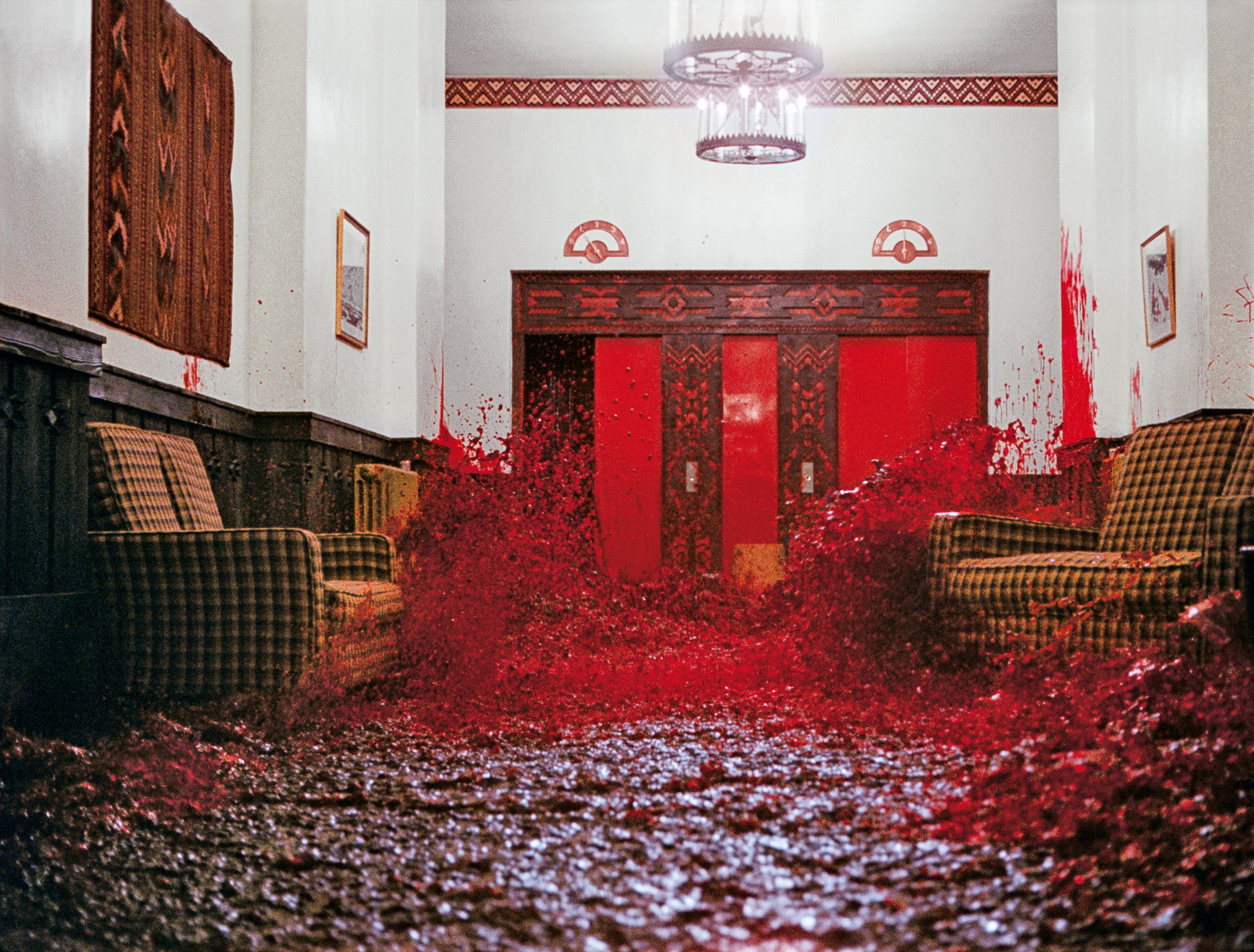
The gallons of blood in the elevator was a nightmare
There’s no CGI trickery involved when The Stanley Hotel’s elevator doors ding open and waves of crimson red pour into the hotel lobby. What you see is gallons upon gallons of Kensington Gore, theatrical blood sold in small batches for creating wounds in movies and theatre. “Stanley insisted on having two or three thousand gallons of Kensington Gore, which is very expensive stuff but behaves like blood,” Garrett Brown, the film’s Steadicam operator says. “I think they cleaned it all up and did it twice [altogether] and then decided it was too much work.”
Kubrick wanted to scare the crap out of people with the film
“In the book, I talk about how Kubrick would say that he wanted to make a movie that was so scary that people would get their money back if they were able to sit through the entire screening,” Lee says. Kubrick studied horror films past and present and was particularly impressed with Rosemary’s Baby from 1968, which he called “one of the best of the genre.” Christiane Kubrick, the director’s wife, says in the book that Stanley was very surprised himself that he was making a horror film, “but then once he decided, he’d ask, ‘How do you scare people? What is scary? How much do you hint? How much do you really show?’” Stephen King, on the other hand, felt that Kubrick didn’t have a basic understanding of the horror genre,” Lee adds. “Whereas I think Kubrick probably did have a big understanding of it. He just chose to try to do something different.”
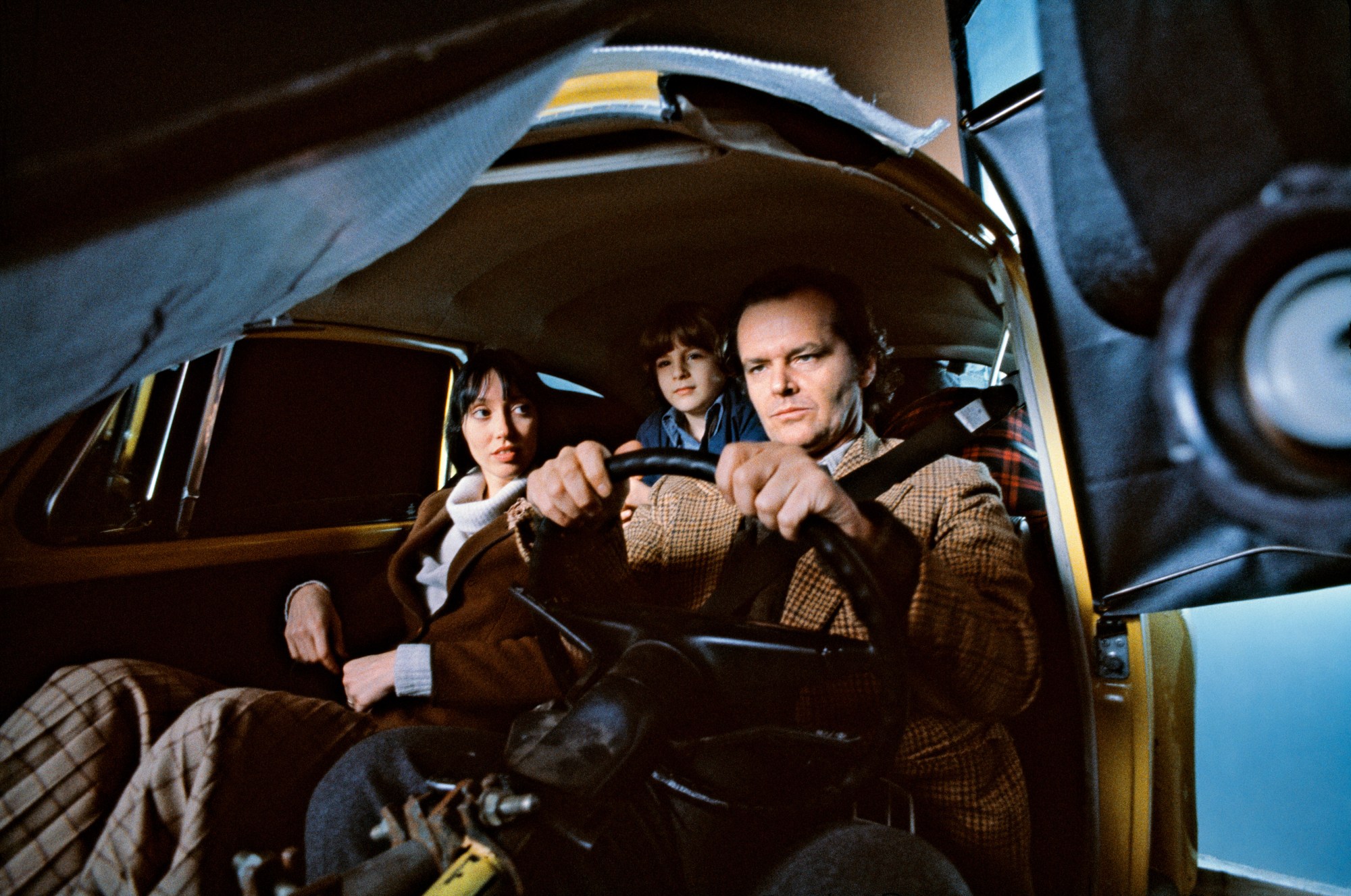
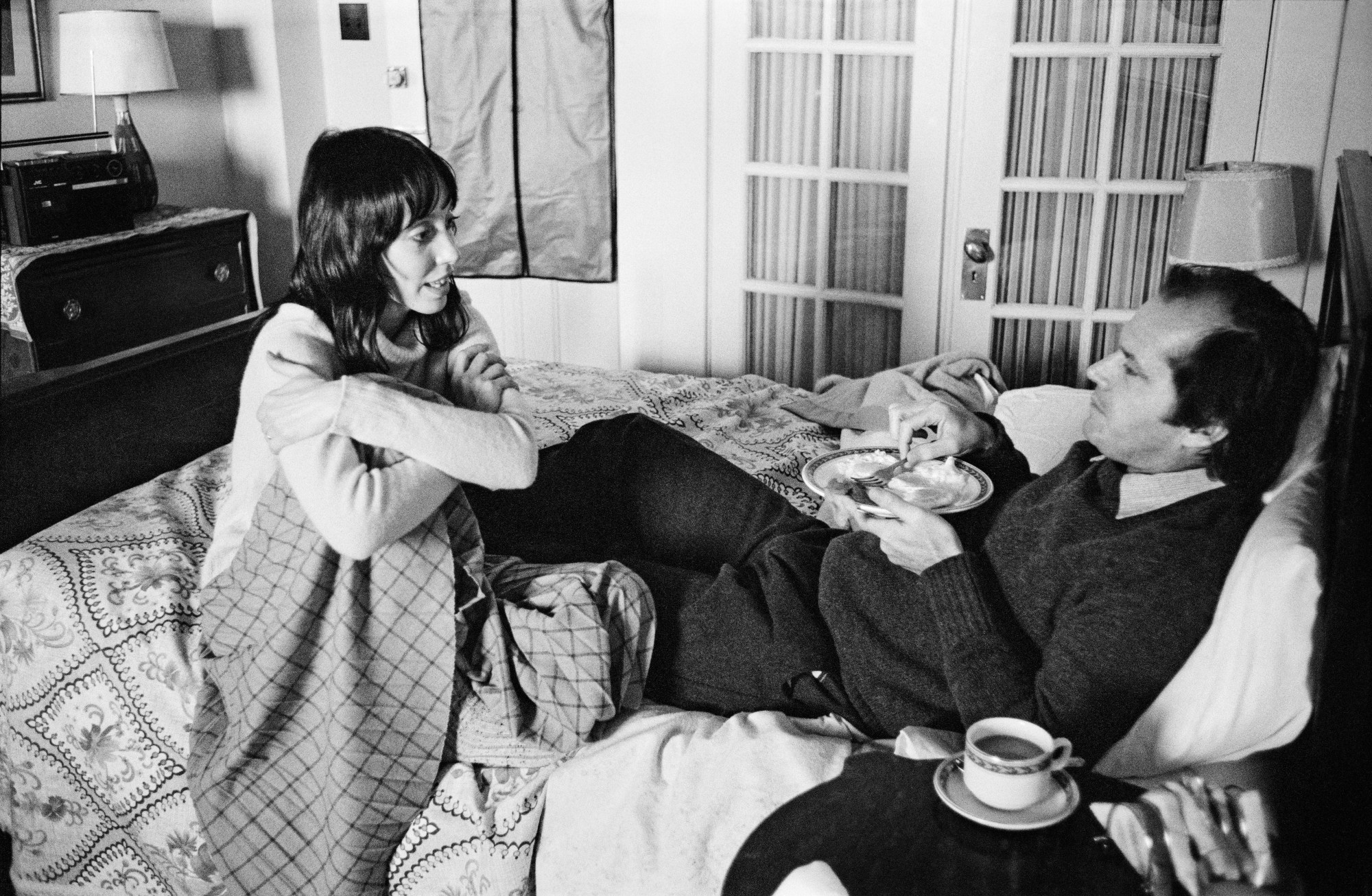
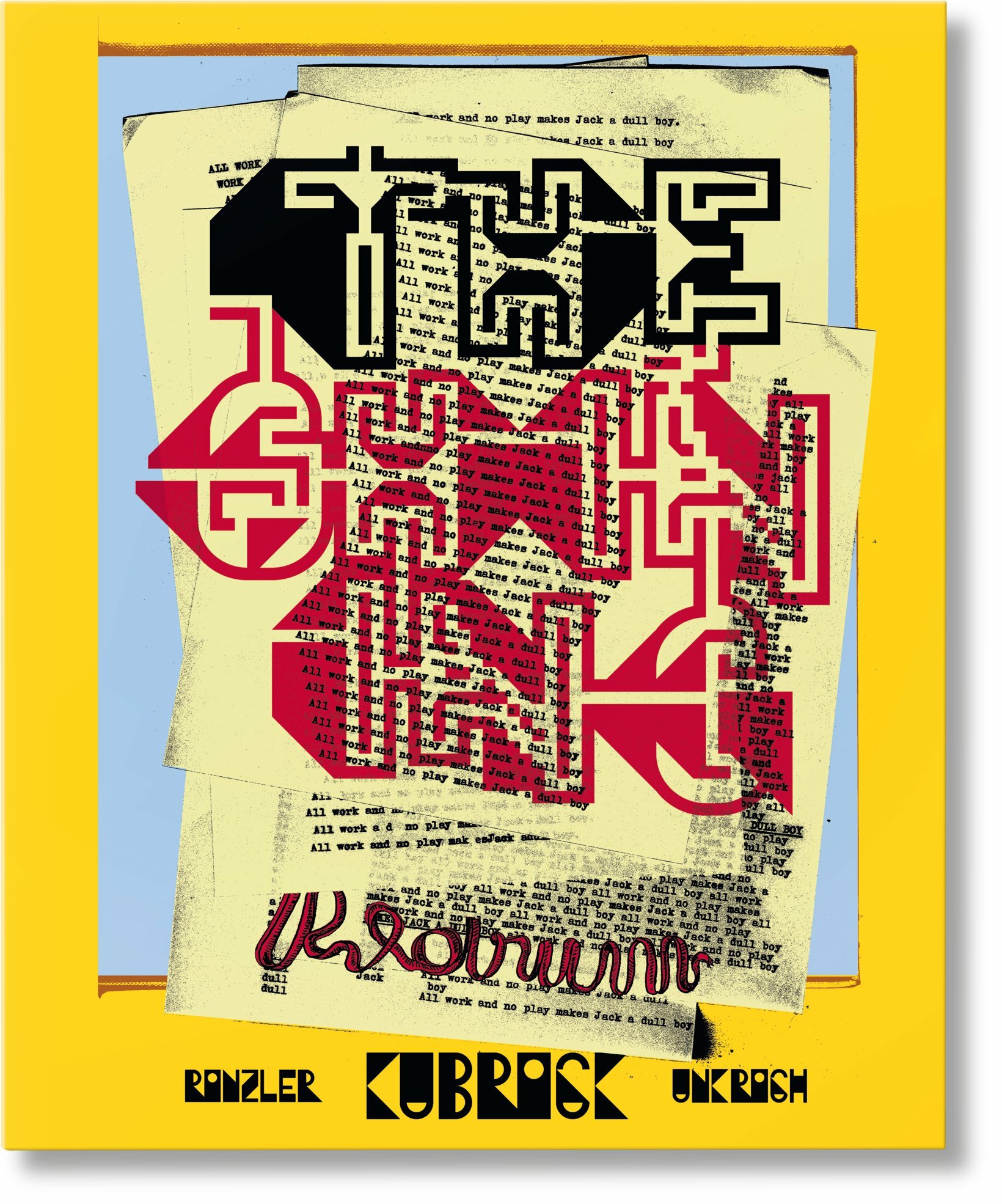
Stanley Kubrick’s The Shining by Lee Unkrich and J.W. Rinzler will be released by TASCHEN in February 2023.
